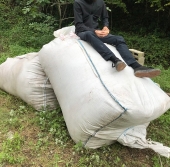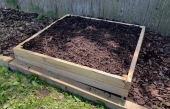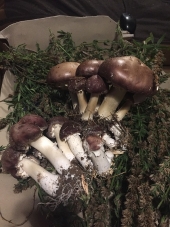

 3
3




Some places need to be wild




Creating edible biodiversity and embracing everlasting abundance.














Some places need to be wild

 2
2




List of Bryant RedHawk's Epic Soil Series Threads We love visitors, that's why we live in a secluded cabin deep in the woods. "Buzzard's Roost (Asnikiye Heca) Farm." Promoting permaculture to save our planet.
 1
1




Standing on the shoulders of giants. Giants with dirt under their nails














Some places need to be wild




Standing on the shoulders of giants. Giants with dirt under their nails




“All good things are wild, and free.” Henry David Thoreau
 3
3




Standing on the shoulders of giants. Giants with dirt under their nails














Some places need to be wild




Life on a farm is a school of patience; you can't hurry the crops or make an ox in two days.
Henri Alain
 1
1




Standing on the shoulders of giants. Giants with dirt under their nails














Some places need to be wild




Standing on the shoulders of giants. Giants with dirt under their nails

|
Who knew that furniture could be so violent? Put this tiny ad out there to see what happens:
The new purple deck of permaculture playing cards
https://www.kickstarter.com/projects/paulwheaton/garden-cards
|





